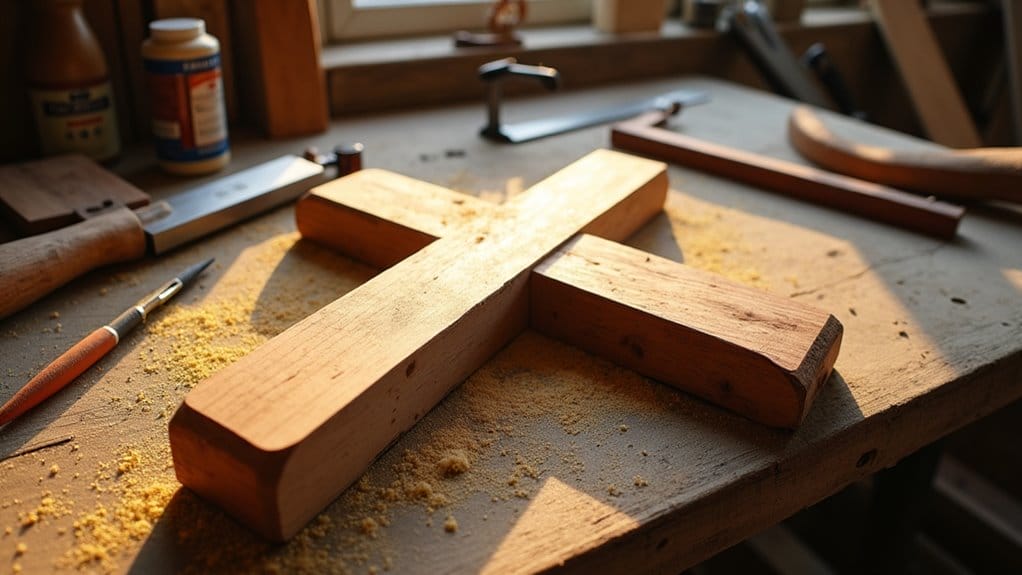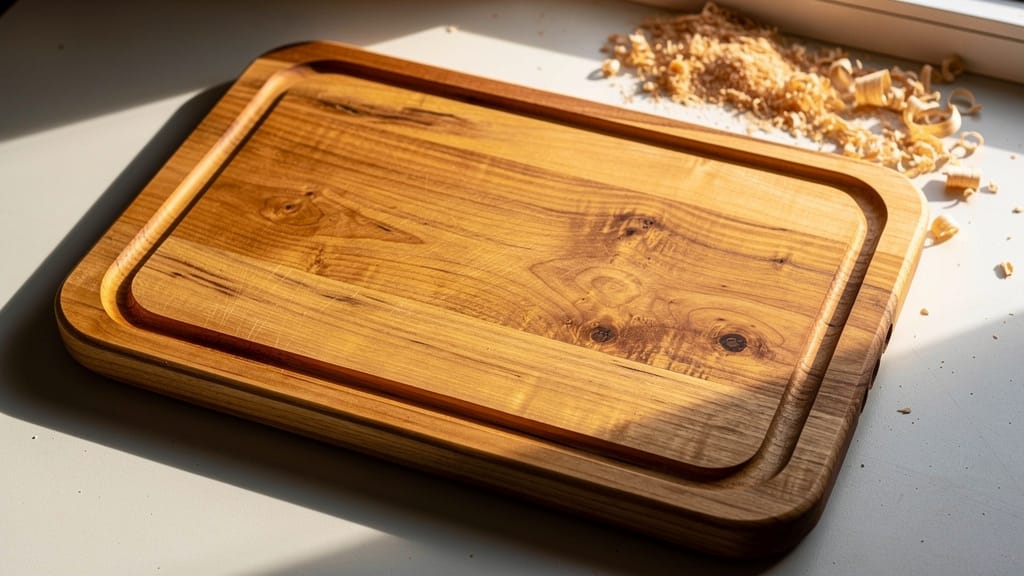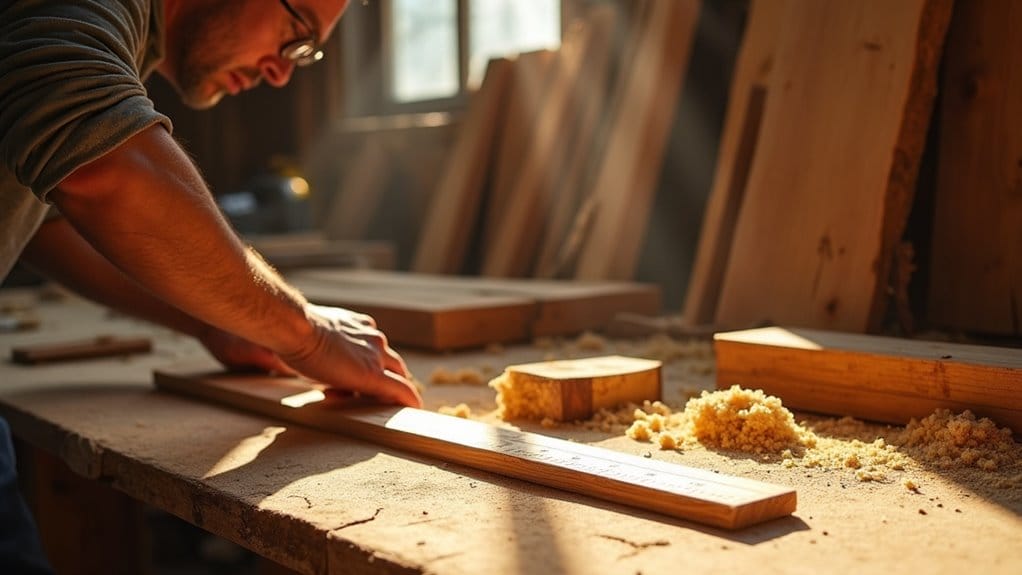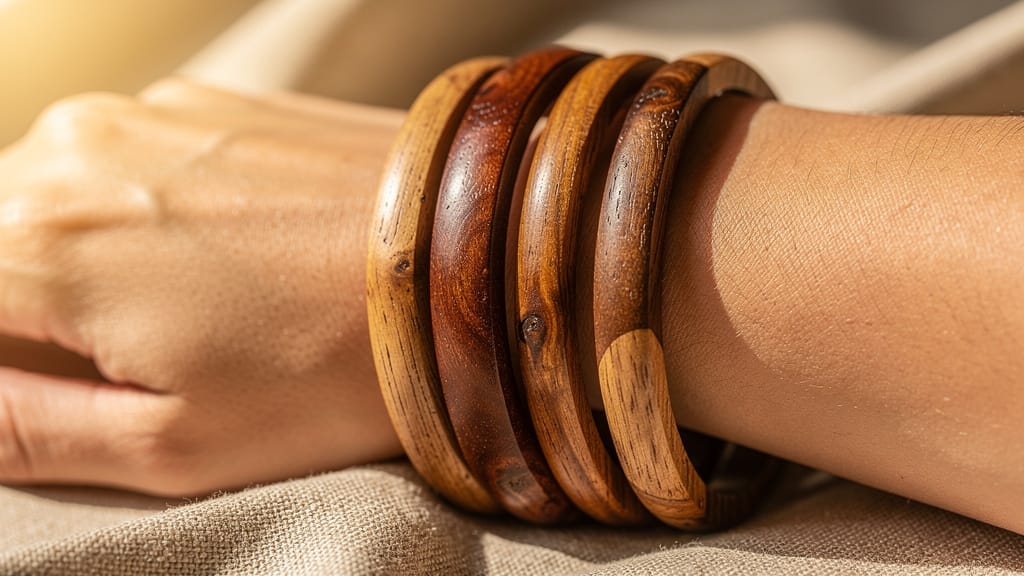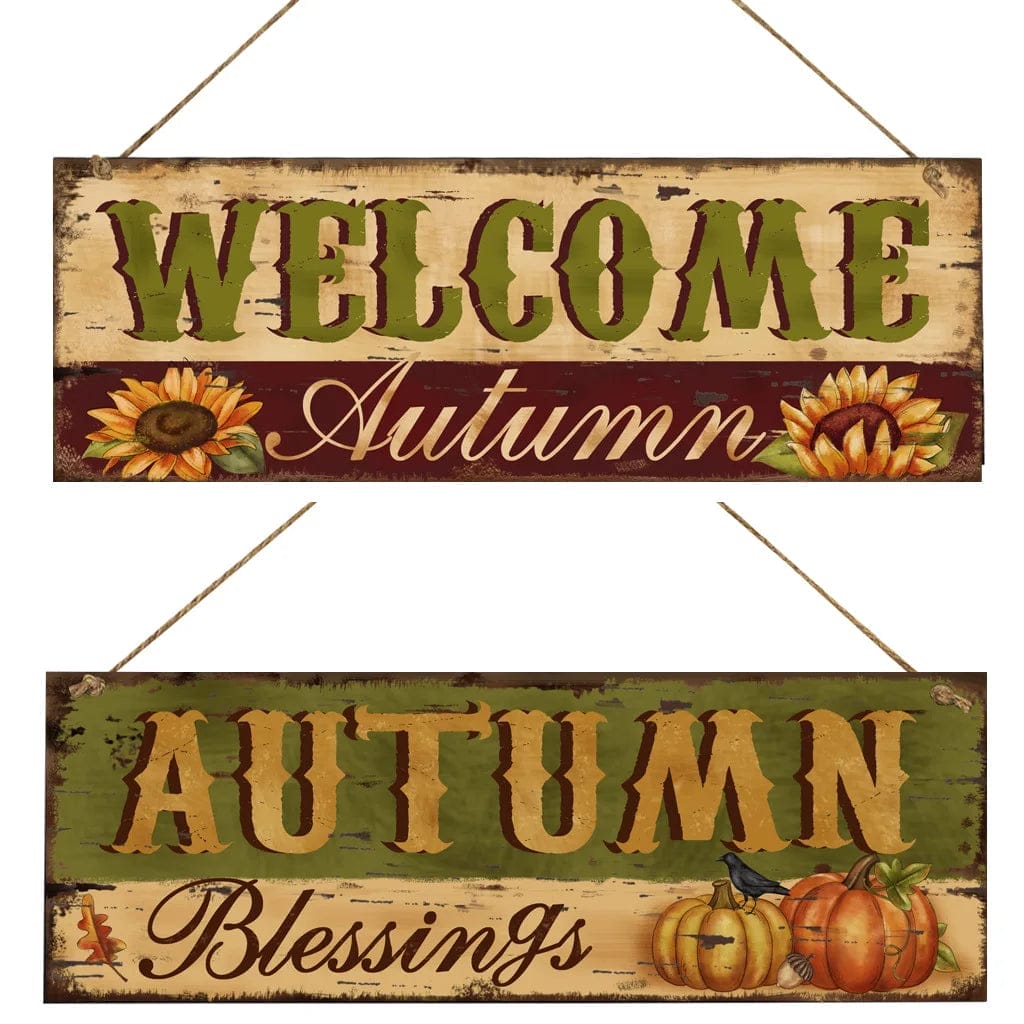If you’ve invested in a quality wood cutting board or a butcher block, you’ll want to protect it properly. So, what oil to use on wood cutting boards? While many pantry oils might seem like suitable options, using the wrong type can turn your beautiful board into a breeding ground for bacteria or leave it with an unpleasant rancid smell.
To maintain your cutting board’s durability and food-safe status, you’ll need to know which oils are beneficial and which ones could damage your board beyond repair.
Key Takeaways
- Food-grade mineral oil is the safest and most recommended option. It offers non-toxic protection and prevents wood from drying out.
- Mineral oil blended with pure beeswax creates a durable, water-resistant coating that protects against moisture and bacteria.
- Apply oil monthly for regular use, or when the wood appears dry and water no longer beads on the surface.
- Avoid common cooking oils like olive or vegetable oil. They can turn rancid and damage the cutting board.
- Let the oil absorb into the wood for at least 2 hours before wiping off excess with a clean cloth.
What Oil to Use on Wood Cutting Boards: 4 Best Oils

For your wood cutting board’s longevity, you’ll want to use food-grade mineral oil as your primary treatment. It won’t turn rancid and effectively prevents water absorption.
If you’re looking for enhanced protection, consider mixing mineral oil with pure beeswax or carnauba wax to create a more durable, water-resistant barrier.
Refined coconut oil offers natural antibacterial properties. Avoid common cooking oils, such as olive or vegetable oil, which can deteriorate your board over time.
1. Food-Grade Mineral Oil
The single best oil for maintaining your wooden cutting board is food-grade mineral oil. This non-toxic, FDA-approved solution won’t go rancid and helps prevent water absorption that can lead to cracking.
Unlike vegetable oils, it’s odorless and flavorless, making it ideal for regular maintenance.
To enhance hygiene and maintain structural integrity, apply generously with a clean cloth once a month. Let the wood cutting board absorb oil for at least two hours before wiping away excess.
This simple practice will protect your board from moisture damage, prevent bacterial growth in cracks, and keep it looking beautiful for years to come.
2. Pure Beeswax Oil Blends
Combining pure beeswax with mineral oil creates a superior wood treatment that offers dual protection for your cutting board. This food-safe blend helps enhance durability while forming a water-resistant barrier against moisture and bacteria.
Pure beeswax oil blends are particularly effective at repelling stains and preventing unwanted odors from seeping into your wooden cutting board.
To apply cutting board oil, simply warm the beeswax until it’s pliable. Then, mix it with mineral oil and spread it evenly across the surface.
For best results, regular maintenance is key. Apply this rejuvenating treatment monthly to keep your board in prime condition.
3. Coconut Oil Properties
Natural coconut oil stands out as an excellent choice for wood cutting board maintenance. It offers both protective and antimicrobial benefits.
Remember to select food-grade refined coconut oil for its superior shelf life and stability.
The hydrating properties help condition the wood and prevent drying. Meanwhile, its natural antibacterial benefits make your cutting board safer for food prep.
To effectively moisturize your board, apply a thin layer along the wood grain.
Remember to wipe away any excess oil to avoid a sticky surface.
This simple treatment will keep your cutting board nourished and protected for regular kitchen use.
4. Walnut Oil Benefits
While coconut oil offers excellent protection, walnut oil emerges as another top-tier option for cutting board care. This food-safe, non-toxic finish penetrates deeply into your cutting board. It creates a protective layer that guards against moisture while enhancing the natural wood grain.
You’ll appreciate walnut oil’s stable shelf life and antibacterial benefits, making it ideal for finishing cutting boards. However, be mindful of allergy risks if you’re crafting boards for others with nut sensitivities.
To maintain its effectiveness, it’ll need regular reapplication. The reward is worth it – your board will develop a warm, lustrous finish that’s both beautiful and functional.
Unsafe Oils to Avoid When Caring for Wood Cutting Boards

When maintaining your cutting board, it’s crucial to know which oils can harm both the wood and your health. There are several unsafe oils you’ll want to avoid to guarantee food safety and preserve your cutting board’s quality.
- Vegetable oils, including olive oil, can turn rancid and create an unpleasant smell.
- Varnish contains toxic elements that aren’t food-safe and traps moisture.
- Tung oil can be dangerous unless it’s 100% pure, as it may contain chemical additives.
- Boiled linseed oil often contains harmful chemicals unsuitable for food contact.
- Walnut oil poses risks for those with nut allergies and can become rancid.
Using food-grade mineral oil ensures your cutting board and kitchen utensils remain free from harmful contaminants.
How Often to Oil Your Cutting Board

To maintain the longevity of your cutting board, establish a consistent oiling schedule based on its frequency of use. Regularly oiling with food-safe options, such as mineral oil, helps prevent cracking and extends the lifespan of your wooden board.
| Usage Level | Recommended Oiling Frequency |
|---|---|
| Daily Use | Every 2 weeks |
| Weekly Use | Monthly |
| Monthly Use | Every 2-3 months |
| Seasonal Use | Every 4-6 months |
Before applying oil, ascertain that your cutting board is thoroughly clean and dry. You’ll know it’s time to oil when the wood appears dull or feels dry to the touch.
How to Oil a Cutting Board Properly

Maintaining proper application techniques is essential for effectively oiling your wooden cutting board.
Start by washing your board with warm, soapy water and letting it dry completely.
Pour the mineral oil onto a clean cloth as a liquid, then apply it using smooth, circular motions. Make sure you’re covering all surfaces evenly.
Allow the oil to soak into the wood fibers for at least 2 hours or overnight for optimal results.
Remove excess oil with a clean cloth or paper towel and store the board upright.
This maintenance routine helps prevent cracking and extends the life of your board.
Signs Your Cutting Board Needs Oiling

Understanding your cutting board’s need for oil treatment requires attention to key warning signs.
Your wooden cutting board will let you know when it’s time for maintenance and when to apply a generous amount of food-safe oil.
- Your board appears dry with a dull, lackluster finish;
- Visible cracks or splits have developed in the wood surface;
- The surface has a rough texture with raised wood fibers;
- Water doesn’t bead up but instead soaks into the wood, risking moisture and warping;
- There’s an unpleasant odor that could become rancid over time.
Don’t wait until you notice multiple signs before you oil your cutting board.
Regular maintenance prevents deterioration and extends the life of your board.
Final Words
To care for your cutting board, opt for food-grade mineral oil as your go-to choice. You’ll get the best results by mixing it with pure beeswax for enhanced protection. Avoid using vegetable oils that can go rancid or toxic finishes that aren’t food-safe.
When your board looks dry or feels rough, it’s time to reapply. With proper oiling, you can considerably extend the life of your cutting board.
We offer a wide variety of wooden cutting boards, available for wholesale and personalized customization. Contact us for more information.
FAQs
Which Oil Is Best for Wooden Cutting Boards?
Use food-grade mineral oil as your best choice for your cutting boards. It’s non-toxic, won’t go rancid, and creates a protective barrier. Mix it with beeswax for enhanced protection.
Can I Use Olive Oil to Treat My Wood Cutting Board?
No, you shouldn’t use olive oil on your cutting board. It’ll go rancid and create unpleasant odors. Instead, use food-grade mineral oil or specialized cutting board oil for better protection and longevity.











